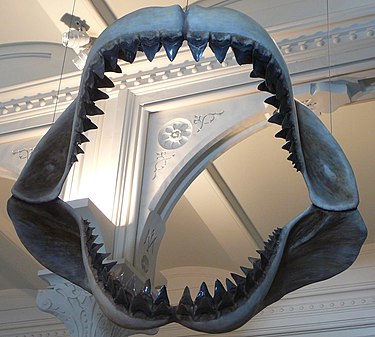This resort consists of four theme parks: Magic Kingdom, Epcot, Disney's Hollywood Studios, and Disney's Animal Kingdom.
Here is a list of the top 10 attractions across these parks, as of 2021:
Space Mountain (Magic Kingdom): This is a classic...
An earthquake is a sudden shaking or trembling of the Earth that lasts for a very short time. It is caused by the movement of tectonic plates beneath the Earth's surface.
Earthquakes can occur anywhere in the world,...
Thunder is the sound caused by lightning. When a lightning bolt travels through the air, it opens up a small void of space, called a channel. Once the light is gone, the air collapses back in and creates...
The word "pyramid" comes from the Greek term "pyramis," which refers to a bread of a conical shape. The term was used to describe the structures because they reminded the Greeks of pointy-tipped wheat cakes.
The most famous...
Megalodon, meaning "big tooth", is an extinct species of shark that lived approximately 23 to 3.6 million years ago, during the Early Miocene to the Pliocene.
It's one of the largest predators to have ever lived. Estimates...
The Wall Street Journal (WSJ) was founded in 1889 by Charles Dow, Edward Jones, and Charles Bergstresser.
Its name derives from Wall Street in New York City, the heart of the financial district, where the newspaper was originally...
Humans typically have five toes on each foot. Each toe consists of bone, joint, ligament, tendon, and muscle structures.
The big toe plays a vital role in maintaining our balance when we stand and walk. It also provides...
The human brain weighs about 3 pounds, which is approximately 2% of the body's total weight.
Despite its size, the brain uses about 20% of the body's total energy and oxygen intake.
The brain consists of about 86...
Your heart beats about 100,000 times a day, which adds up to an astonishing 35 million times a year.
The human heart is about the size of your two hands clasped together.
The heart pumps about 5.7 liters...
The human rib cage is typically composed of 24 ribs, 12 on each side of the body.
Ribs are classified into three categories based on their attachment to the sternum: true ribs (1-7), false ribs (8-10), and floating...








































